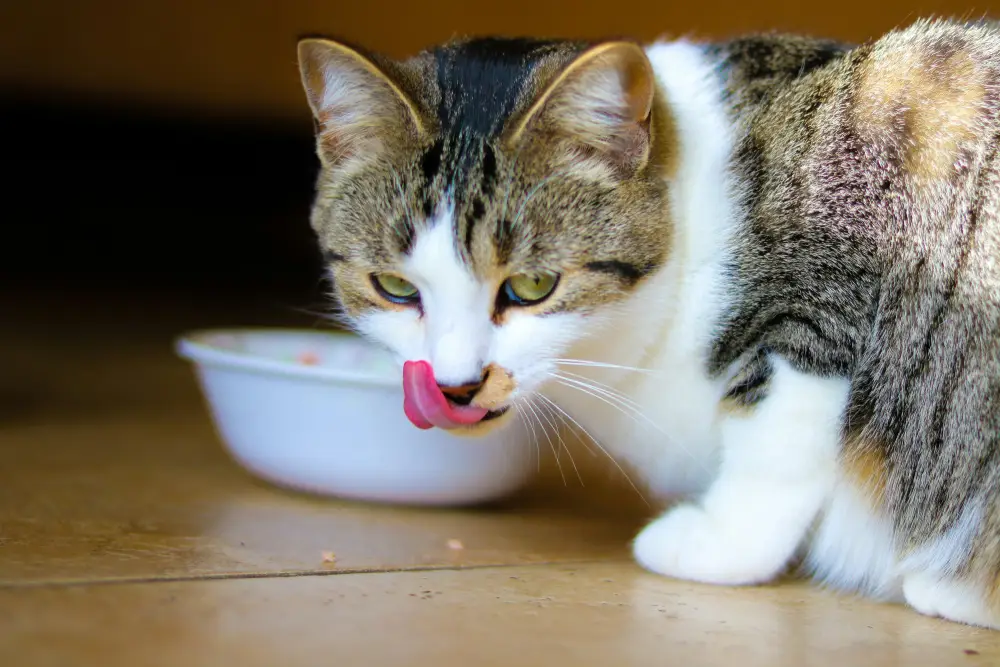
Guide to Elimination diets for dogs and cats
July 13th 2022
Elimination diets, also known as exclusion diets are a way to determine what foods your dog or cat is reacting too.
What is an adverse food reaction (AFR)?
Adverse food reactions (AFRs) can include a food allergy, food toxicity or a food intolerance. The problem with food intolerances is that, although they can show similar symptoms to food allergies in our pets, they do not involve the immune system, and therefore allergy tests cannot be used to identify them. Food allergy tests themselves are not 100% reliable and can throw up both false positive and false negative results. The gold standard test for identifying both food allergies and intolerances is by the use of an elimination diet.
Adverse food reactions will most commonly affect the skin, ears or digestive system.
What is an elimination diet?
An elimination or exclusion diet aims to remove food items from the dog or cats diet that are suspected of causing a problem. Food items that are known to be common triggers for sensitivities in animals may also be avoided, such as beef, wheat or dairy (a hypoallergenic diet). Ideally the aim should also be to feed ingredients that the dog or cat has never eaten before – these are known as novel ingredients.
You should also try and feed a diet that contains as few ingredients as possible, this will help determine what your pet is or is not reacting to. Traditional elimination diets involve home cooking with just one meat/protein source and one carbohydrate source e.g. fish and potato with nothing else. However, if you can find a complete hypoallergenic diet, with novel ingredients and a single protein source, then you can use this for the elimination diet instead.
What is a novel ingredient and why can they help?
A novel ingredient is one that the dog or cat has never eaten before. For example, if your dog has always eaten a diet containing chicken, then pork would be considered a novel protein source. Food allergies are less likely to occur with novel ingredients because the dog or cat’s body has not been exposed to the food item before, and has not had a chance to build up a response to it.
If your pet has eaten a wide range of ingredients through their life, then the next best thing is to exclude as many ingredients, especially common ones as possible.
Single protein source
Try to also look for a diet that contains a single protein source. This means it only contains one animal protein ingredient. This is important for ruling out trigger ingredients. For example, If you feed a food with multiple sources of protein, such as beef, lamb and chicken and your dog or cat’s symptoms do not improve, there is no way of knowing which of the meat sources they are reacting to. If you can also find a diet with a single carbohydrate source, this is ideal.
How long should I feed an elimination diet for?
Ideally at least 4-6 weeks. During this time, no other treats, tit-bits, table scraps, chews, or any other foods should be fed. If other food items are fed and the dog or cat does not improve, it may be because of these items.
What happens after the elimination diet?
If the symptoms your pet had improve, then keep them on the elimination diet but gradually start to reintroduce other food items and treats. Do this one at a time, with a space of a few days between each item, so that if there is a negative reaction it will be easier to determine what caused it.
If the symptoms did not improve, it either means your pet is reacting to something in the elimination diet and you will need to try it again with different ingredients or a different complete food, or that the issues your pet is suffering from are not food related. In both cases, we advise going back to your vet for further advice.

 Shop Dog
Shop Dog
 Shop Cat
Shop Cat
 Vet Know-how
Vet Know-how Contact
Contact


